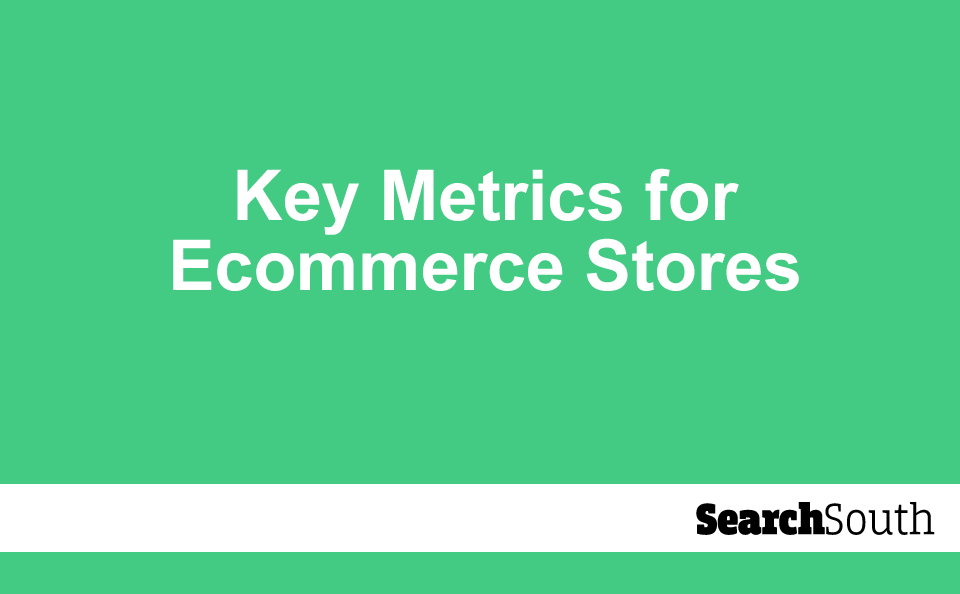
Key Metrics for Ecommerce Stores
When running Google Ads campaigns for an ecommerce store, there are several key metrics that you should monitor to ensure the success of your campaigns and to make informed decisions about how to optimize them. Some of the most important metrics to track include:
- Click-through rate (CTR): This metric measures the percentage of users who click on your ad after seeing it. A high CTR is a good indication that your ad is relevant and engaging to your target audience.
2. Conversion rate: This metric measures the percentage of users who complete a desired action on your website, such as making a purchase or filling out a form. A high conversion rate indicates that your ad is effectively driving high-quality traffic to your site.
3. Cost per click (CPC): This metric measures the amount you pay each time someone clicks on your ad. Lowering your CPC can help increase the ROI of your campaigns.
4. Return on ad spend (ROAS): This metric measures the return on investment for your ad spend. A high ROAS indicates that your campaigns are generating a good return on the money you are spending.
“The average bounce rate is between 26% and 70%. That’s a huge range – it’s so important to put your own bounce rate into context”
5. Bounce rate: This metric measures the percentage of users who leave your website after viewing only one page. A high bounce rate may indicate that your website or landing page is not providing what users are expecting or is not user-friendly.
6. Impressions: This metric measures the number of times your ad has been displayed to users. High impressions indicate a good reach but also can indicate that your targeting needs to be refined to reach more qualified audience.
7. Average order value (AOV): This metric measures the average amount spent per order on your website. A higher AOV can help increase the ROI of your campaigns
8. Lifetime value (LTV): This metric measures the total value of a customer over the course of their lifetime. A higher LTV indicates that your campaigns are attracting high-value customers.
By monitoring these key metrics regularly, you can gain valuable insights into the performance of your campaigns and make data-driven decisions about how to optimize and improve them.
If your conversion rate is too low, it can indicate that there are issues with your ad campaigns, website or sales funnel that are preventing users from completing a desired action. Here are some steps you can take to improve your conversion rate:
Analyze your website: Make sure your website is user-friendly and easy to navigate, with a clear and consistent layout, and that it loads quickly. Also, make sure the content on your website is relevant and engaging to your target audience.
Optimize your landing pages: Make sure your landing pages are well-designed and optimized for conversions, with a clear call-to-action and minimal distractions. Try using A/B testing to determine which landing pages are the most effective.
- Improve your ad targeting: Make sure your ad targeting is accurate, and that you are reaching the right audience. Try narrowing or expanding your targeting to reach a more qualified audience.
2. Review your ad copy and ad creatives: Make sure your ad copy is clear, compelling, and relevant to your target audience. Ad creatives should be visually appealing and draw the attention of potential customers.
3. Test different offers and promotions: Test different offers and promotions to see which ones are most effective in driving conversions. This can be discounts, free shipping, or a limited-time offer.
4. Monitor and analyze your customer journey: Use tools like Google Analytics to track the user journey on your website and identify any pain points or areas of improvement.
5. Improve your checkout process: Make sure your checkout process is fast, easy, and secure. Also, make sure you have different payment options available.
6. Optimize your post-purchase experience: Make sure you have a good post-purchase experience, such as sending a confirmation email, tracking shipping, and providing good customer service.
By taking these steps and continuously monitoring your conversion rate, you can identify issues and make changes to improve your campaigns and increase your conversion rate.
Did you enjoy this post?
Sign up to our newsletter to receive the latest articles, direct to your inbox.




